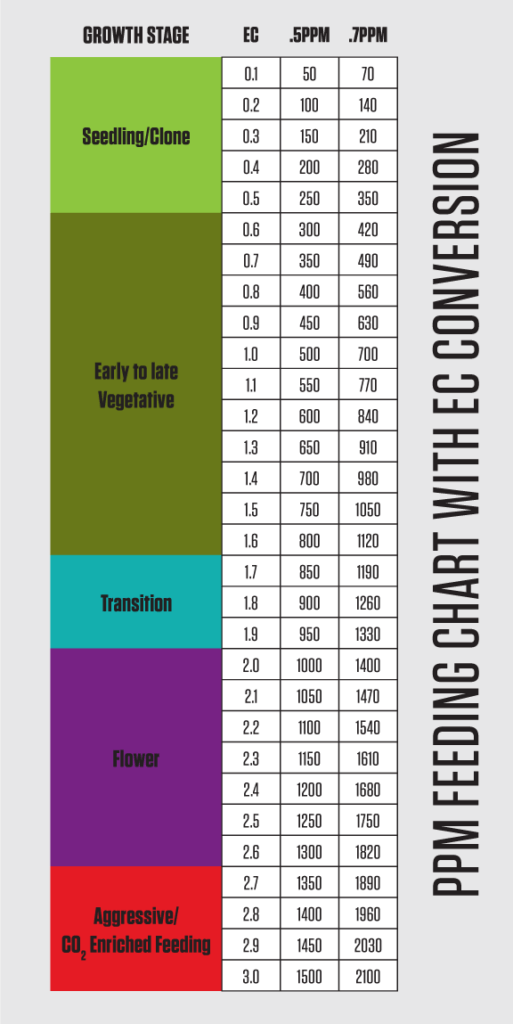When it comes to indoor and outdoor gardening, it is important to understand the significance of the N-P-K ratio.
You may already know that these symbols stand for the essential elements Nitrogen, Phosphorous, and Potassium. They are almost always listed on the front of plant fertilizers in numerical form, i.e. (2-2-4). What insight do these symbols and numbers give the gardener and why is this ratio important?
In the gardening world, nitrogen, phosphorous, and potassium (N-P-K) are known as primary or macronutrients, because they are required in larger quantities than other elements for plant growth and survival. As a result, these nutrients are usually depleted from the growing media first. This is why the management of N-P-K is so important to your garden.
To understand how much N-P-K is in the plant fertilizer being used in your garden, let’s use the above example of 2-2-4. If a fertilizer has an N-P-K ratio of 2-2-4, then it contains 2% nitrate, 2% phosphate (which contains phosphorus), and 4% potash (which contains potassium). Therefore, the N-P-K ratio represents the availability of Nitrogen, Phosphorous, and Potassium, by weight, contained in a plant fertilizer. It is also important to note that the N-P-K ratio of organic fertilizers is typically lower than that of synthetic fertilizers. This is because only nutrients that are immediately available to the plant may be listed on the label. Most organic fertilizers contain slow-release nutrients that will become available over time.
When applying fertilizer it is important to research the needs of the plants you are growing. Although everything in your garden needs N-P-K, different plant varieties may require different application rates and timelines for each of these primary nutrients.
Nitrogen (N)
• A component of all living cells and a necessary part of all proteins, enzymes, and metabolic processes in the synthesis and transfer of energy.
• Also a component of chlorophyll, the green pigment in plants, responsible for photosynthesis.
• Helps plants with rapid growth, increased seed and fruit production, and improves quality of leaves and vegetation.
• Helps plants produce proteins needed to develop new tissue.
Phosphorous (P)
• Like nitrogen, phosphorus is essential to the process of photosynthesis.
• Stimulates root and shoot growth, helps the plant set buds and flowers, improves vitality, and increases size and yield.
• Involved in the formation of all essential oils, sugars, and starches.
• Helps the plant convert solar energy to chemical energy, mature properly, and withstand environmental stress.
Potassium (K)
• Absorbed by plants in larger amounts than all mineral elements except nitrogen and, in some cases, calcium.
• Helps plants build protein, aids photosynthesis, improves fruit quality, and reduces diseases.
• Promotes flowering, fruiting, and ripening.
• Helps regulate metabolic activities and improves plant vigor.
*** Phosphorous and Potassium percentages are expressed as compounds versus elemental. While this is the method of labeling in the United States other parts of the world use elemental calculations. In order to calculate the elemental percentages multiply the Potassium by .83 and the Phosphorous by .43.
Learn more with Hydro 101 ⟶

